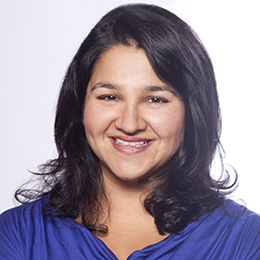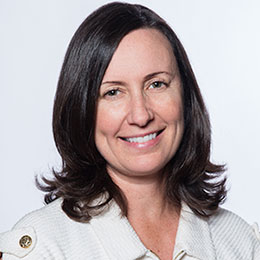Loading...

Information about the 2019 Novel Coronavirus. Read the latest >
Información sobre el coronavirus 2019 (COVID-19). Aprenda más >
Call today!
(844) 647-2448
Pediatric Brain Tumors Related Links
Pediatric Brain Tumors
Brain tumors are abnormal tissue growths in the brain that can impinge upon areas that play key roles in cognitive, behavioral and life-sustaining functions. There are many kinds of pediatric brain tumors, and all are potentially dangerous and should be quickly identified and treated.
Some pediatric brain tumors are called “malignant” because they contain cancer cells, are prone to growing quickly and may return after removal. Other noncancerous tumors are called “benign.” Benign tumors, once removed, usually do not grow back.
Approximately 4,000 children and adolescents in the United States are diagnosed with pediatric brain tumors each year. Many are successfully treated and go on to lead healthy lives.
Why you should come to pediatric brain tumor specialists
Pediatric brain tumors are significantly different than adult brain tumors on structural and biomolecular levels, and they require specialized pediatric treatments. The American Academy of Pediatrics and the National Cancer Institute recommend that children seek cancer diagnoses and treatments at pediatric cancer centers such as Lucile Packard Children’s Hospital Stanford. Studies show survival rates are 20 to 40 percent higher for children receiving care in specialized centers.
Finding the best possible treatment for a pediatric brain tumor requires precisely locating and identifying the tumor. This is done through a combination of neurological examination, imaging and sometimes biopsy. Advanced imaging technology, such as Packard Children’s 3-tesla magnetic resonance imaging (MRI) scanner, is key at this phase, allowing doctors to make detailed maps of a tumor’s borders and the critical brain functions around them. Knowing the nature of the tumor and its exact location and stage of growth allows surgeons to remove as much of the tumor as possible at the lowest risk to patients. However, no tumor is worth risking the child’s quality of life with surgery alone, which highlights the importance of adjuvant therapy for high-grade tumors.
In addition to surgery, some patients also need further therapy, such as radiation and chemotherapy, to destroy any remaining cancer cells. Rehabilitative physical therapy may also help a patient regain maximum function after other treatments. In the months and years after treatment, monitoring and follow-up treatments may also be required. Packard Children’s provides ongoing access to all of these services for children with cancer.
As a world leader in pediatric brain tumor research, Packard Children’s is continually advancing the frontier of medical understanding and practice. We provide our patients with first-line access to a broad range of clinical trials and research advances — a huge benefit in this quickly evolving field.
At Packard Children’s, young patients receive the best available care from a top-rated team of caring surgeons, neurologists, neuro-oncologists, psychologists, psychiatrists, nurses and social workers, all of whom collaborate to achieve the best possible medical outcome and quality of life for each pediatric brain tumor patient. Additionally, an adolescent and young adult cancer program was just launched to meet the specialized needs of this population.
© 2020 Stanford Children's Health
Connect
- © 2020 Stanford Children's Health



















